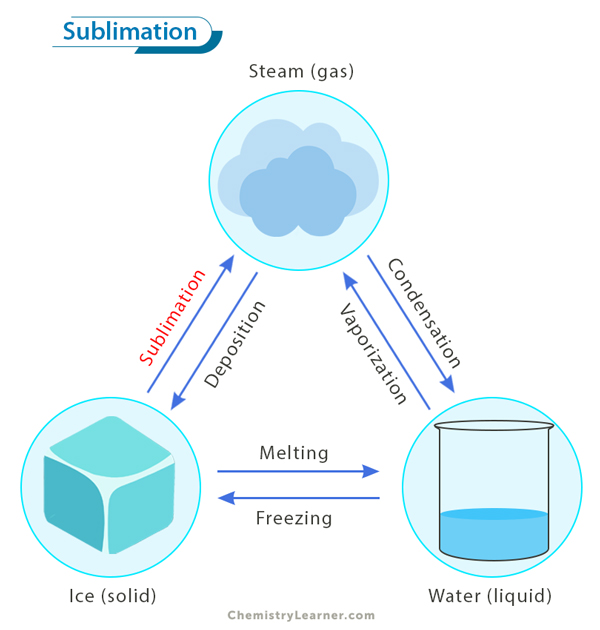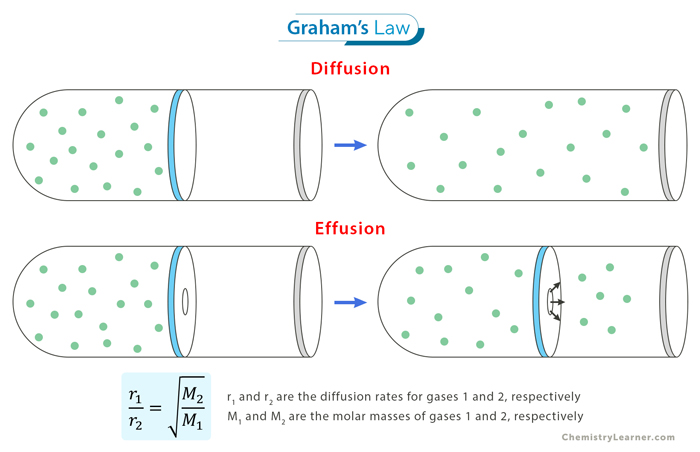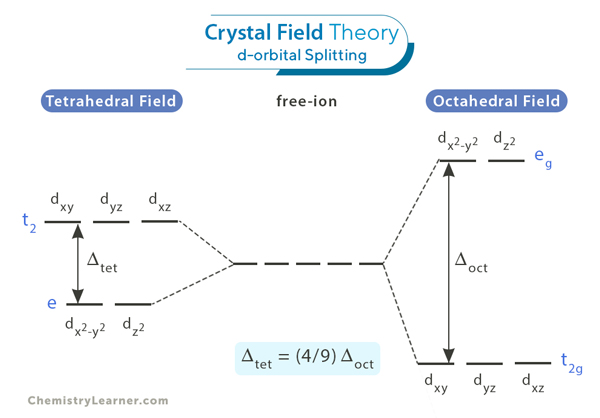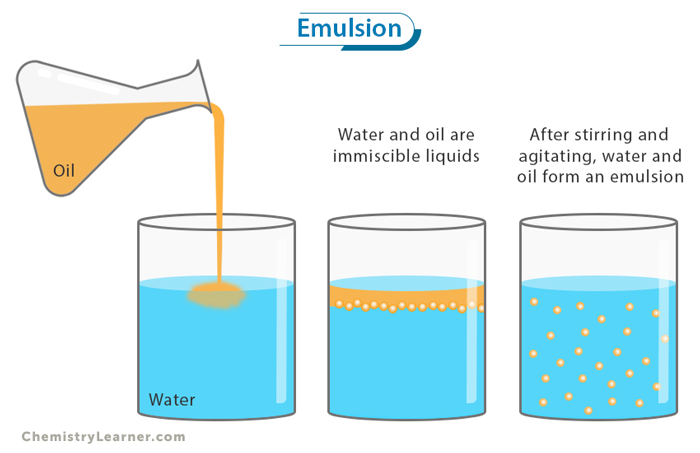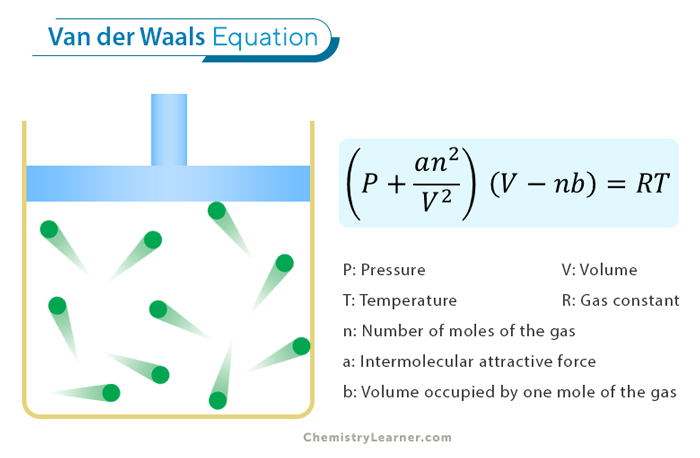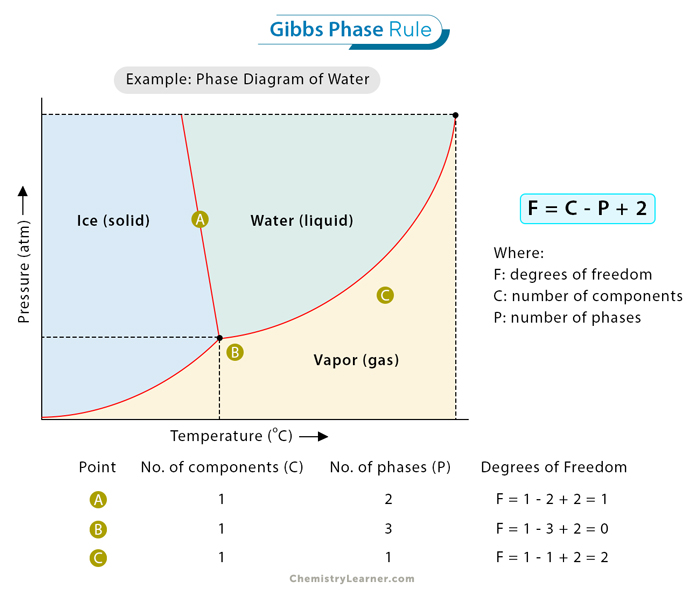Sublimation
Sublimation is the transition of a substance directly from the solid phase to the gas phase without passing through the intermediate liquid phase under specific conditions of temperature and pressure. This unique phenomenon occurs when certain solids are heated and undergo a phase change, turning into vapor without first becoming liquid. [1-4]
How to Sublimate a Substance
Sublimating a substance involves effectively controlling temperature, pressure, and its properties. The process typically begins with a solid material that undergoes sublimation when subjected to specific conditions. [1]
Firstly, selecting a substance that exhibits sublimation behavior under the desired conditions is essential. Examples include dry ice (solid carbon dioxide), naphthalene, and iodine. These substances have well-defined sublimation points: the temperatures and pressures at which they transition directly from a solid to a gas phase.
Next, controlling temperature and pressure is crucial for successful sublimation. Typically, the material is placed in a sealed chamber or container, where temperature and pressure can be manipulated. Heating the material to a temperature above its sublimation point while maintaining low pressure encourages sublimation. This setup allows the solid to bypass the liquid phase and transition directly into a gas without melting.
The sublimation process can be enhanced by optimizing factors such as surface area, airflow, and duration of exposure to the desired conditions. Increasing the surface area of the solid material, for example, by crushing it into smaller particles or spreading it thinly, promotes faster sublimation. Additionally, ensuring adequate airflow within the chamber helps to carry away the sublimed vapor, preventing re-condensation on the solid surface.
Lastly, capturing and utilizing the sublimed vapor is often critical to sublimation processes. In applications such as freeze-drying and sublimation printing, the vapor phase of the material is collected and manipulated to achieve the desired outcome.
Examples and Applications of Sublimation
Sublimation has several practical applications across various fields. Here are some examples: [2,5,6]
1. Freeze Drying (Lyophilization): Sublimation is used in freeze drying to remove moisture from substances such as food, pharmaceuticals, and biological samples while preserving their structure and properties. This process is vital for the long-term storage and transportation of sensitive materials.
2. Sublimation Printing: Sublimation printing, also known as dye-sublimation printing, transfers dye onto materials such as textiles, ceramics, and plastics. This method produces high-quality, durable prints with vibrant colors, making it popular for creating personalized items like mugs, apparel, and signage.
3. Air Fresheners and Deodorizers: Substances that undergo sublimation, such as fragrant compounds, are used in air fresheners and deodorizers to continuously release pleasant scents without leaving residue.
4. Moth Repellents: Substances like naphthalene and paradichlorobenzene, which sublime readily, are used as moth repellents. Placing mothballs or moth crystals in closets and storage areas helps deter moths by releasing toxic vapors.
5. Cold Packs: Some cold packs utilize the endothermic sublimation process to provide cooling. When the pack is activated, substances like ammonium nitrate or urea undergo sublimation, absorbing heat from the surroundings and creating a cooling effect.
6. Chemical Vapor Deposition (CVD): In CVD processes, solid precursors are converted into gaseous reactants through sublimation, which are then deposited onto a substrate surface to create thin films. This technique is widely used in semiconductor manufacturing, coating production, and surface modification.
7. Insecticides: Sublimation is employed in insecticides to disperse toxic compounds that effectively control pests. Solid insecticidal formulations sublimate when exposed to air, releasing insect-killing vapors into the environment.
8. Smoke Bombs and Smoke Screens: Some smoke bombs and screens contain substances that undergo sublimation when ignited. The rapid conversion of solid particles to gas creates dense clouds of smoke, which can be used for signaling, camouflage, or crowd control.
9. Cold Traps in Vacuum Systems: In vacuum systems, cold traps utilize sublimation to capture and remove volatile substances from gas streams. By cooling a surface to temperatures below the substance’s sublimation point, it condenses directly onto the surface, effectively purifying the gas.
10. Chemical Analysis Techniques: Sublimation is utilized in various analytical techniques, such as sublimation point determination and sublimation chromatography, to purify and separate compounds based on their sublimation properties.
